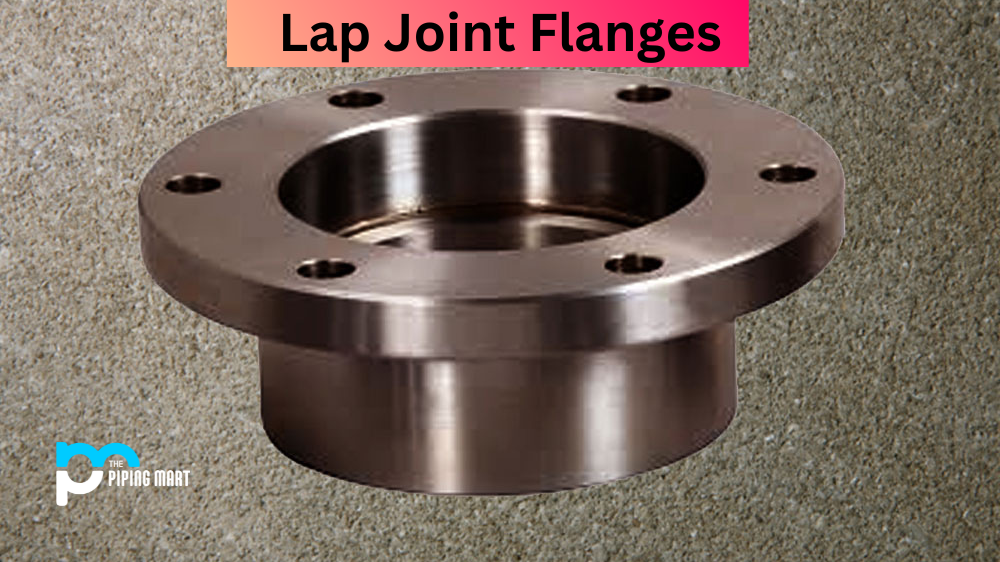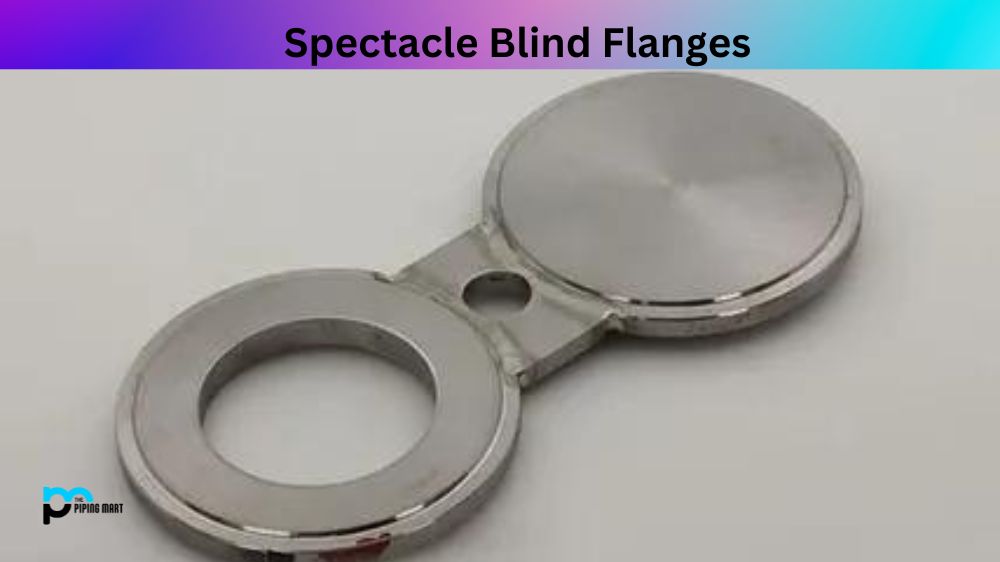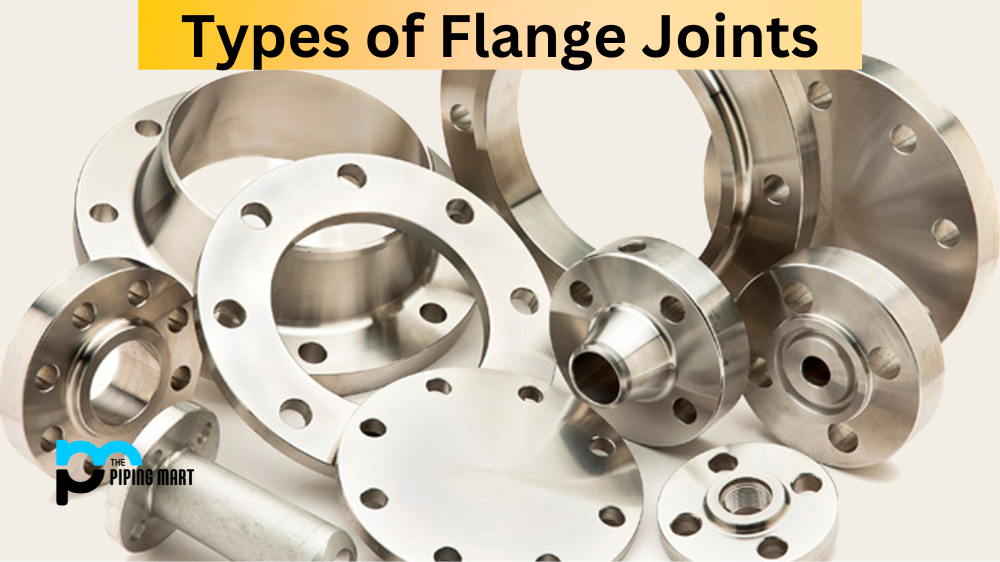Lap joint flanges are common in many industrial setups requiring joint connections. These two-piece flanges slide over the stub of the pipe, allowing for easy alignment once the bolts have been put in place. While many types of flanges are available on the market, lap joint flanges are quite popular. They come with their advantages, but at the same time, their disadvantages. In this blog post, we will go into detail to help you understand these advantages and disadvantages regarding lap joint flanges.
What is Lap Joint Flange?
Lap Joint Flanges are an integral part of many industrial piping systems. They attach to the pipe via a stub end and provide additional support for the joint. The flange has two pieces: a lap joint stub-end embedded in or welded onto the pipe and a loose backing flange on top of the stub-end. The backing flange provides a pressure seal between two different pipes when bolted to one another.
Advantages of Lap Joint Flanges
Cost-Effective
One of the significant advantages of lap joint flanges is that they are cost-effective. The two-piece design makes them cheaper than other types of flanges available on the market.
Easy Installation
Lap joint flanges have a simple design, making them easy to install, even for people with little experience. All you need is to slide the flanges over the pipe and align them. Once aligned, you can use the bolts to tighten and secure them in place.
Flexibility
Another advantage of lap joint flanges is that they are quite flexible. They allow for easy alignment and readjustments if there is any pipe movement. The flexible nature of the flanges can also absorb shocks, making them a great option for piping systems with high vibration.
Disadvantages of Lap Joint Flanges
Leakage
One of the primary disadvantages of lap joint flanges is that they can lead to leakage. Even though they should be tight, the gasket between the two pieces can fail, which can cause leaks that can be hard to identify.
Pressure Limitations
Lap joint flanges are not suitable for high-pressure applications. Due to the two-piece design, they can not handle high-pressure loads, and the joint can fail, leading to disastrous results if not correctly handled.
Corrosion
Lap joint flanges are prone to corrosion. The two-piece design causes them to collect more condensation, which can lead to rust formation. Over time, rust can eat away at the flange material, leading to complete failure.
Conclusion:
In conclusion, understanding the advantages and disadvantages of lap joint flanges is crucial, as it can help you make the right choice for your piping needs. While lap joint flanges have many advantages, such as flexibility, easy installation, and cost-effectiveness, they come with disadvantages, such as leakage, pressure limitations, and corrosion. If you are still deciding which flange to use, always consult a professional in the field to help you make the right choice.

Hey, I’m Krutik, a casual blogger expert in the metal industry. I am passionate about providing valuable information to my readers. With a background in engineering and construction, I like playing Cricket & watching Netflix shows in my free time. Thank you for visiting my blog, and I hope you find my information helpful!




